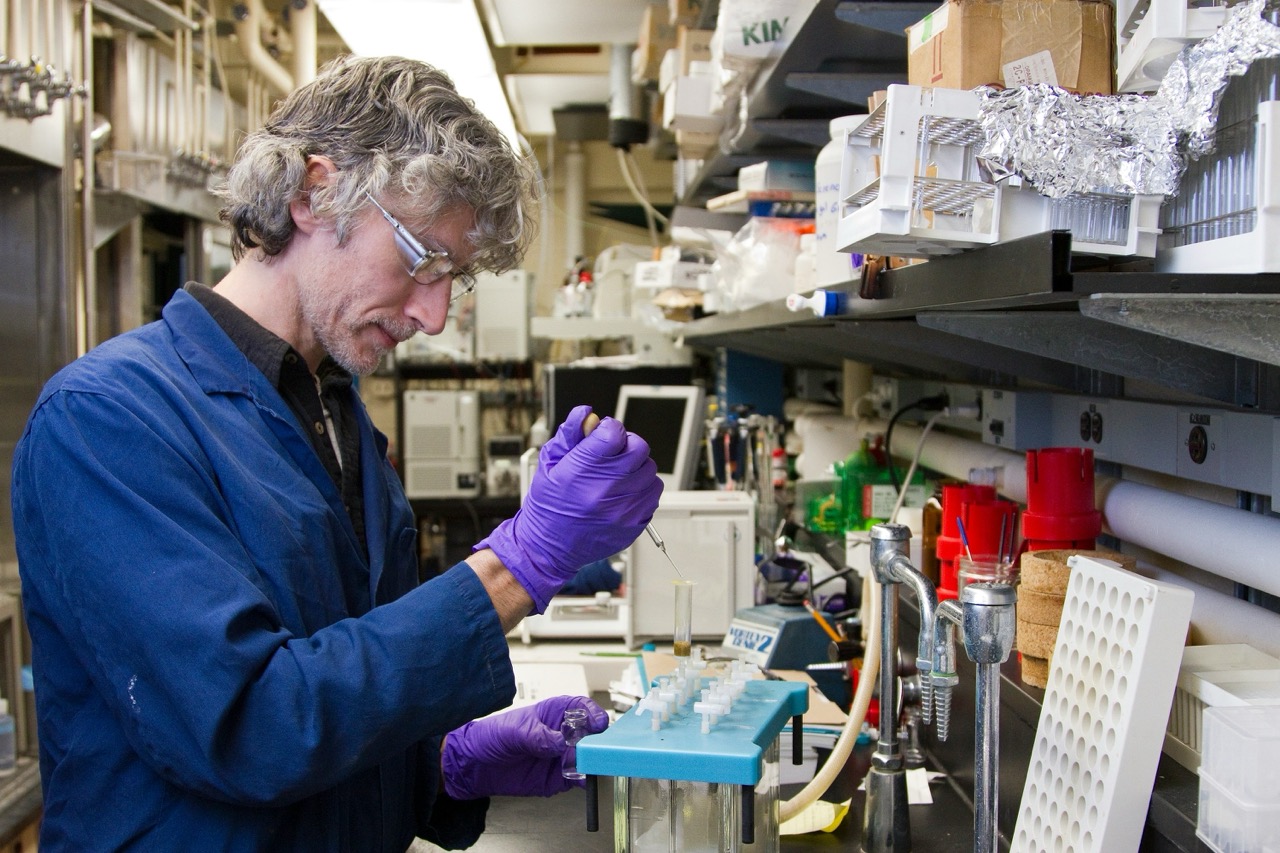Sexually transmitted diseases (STDs) remain a significant public health concern, affecting millions of individuals worldwide. The importance of raising awareness about STDs cannot be overstated, as it plays a critical role in prevention, early detection, and treatment. STD awareness campaigns aim to educate the public about the risks associated with STDs and empower individuals to take responsibility for their sexual health. By addressing the stigma often associated with these conditions, effective campaigns can promote safer sexual practices and encourage individuals to seek testing and treatment.
In an increasingly interconnected world, the urgency for effective STD awareness campaigns has never been more prominent. The rise of global travel, shifting societal norms, and the availability of digital platforms present both challenges and opportunities. Understanding what works and what doesn’t in STD awareness campaigns is crucial for public health officials, educators, and community organizations aiming to create impactful initiatives. This article delves into the intricacies of STD awareness campaigns, exploring their history, objectives, strategies, and the pivotal role of social media, while also identifying common pitfalls and successful case studies.
Overview of Common STDs and Their Public Health Impact
Sexually transmitted diseases encompass a range of infections, including chlamydia, gonorrhea, syphilis, and human immunodeficiency virus (HIV). These infections can lead to severe health complications if left untreated, including infertility, chronic pain, and an increased risk of certain cancers. Moreover, STDs can have a cascading effect on public health by facilitating the transmission of HIV and exacerbating healthcare disparities. The Centers for Disease Control and Prevention (CDC) reports millions of new STD cases annually in the United States alone, indicating the pressing need for effective awareness efforts.
The public health impact of STDs extends beyond individual health, affecting communities and healthcare systems. The financial burden of STDs is significant, with estimates indicating billions of dollars spent annually on healthcare costs related to treatment and management. Additionally, STDs disproportionately affect marginalized populations, including adolescents, racial minorities, and low-income individuals, highlighting the necessity for targeted interventions and education. By understanding the broader implications of STDs, awareness campaigns can better tailor their messages to resonate with diverse audiences.
Historical Context: Evolution of STD Awareness Initiatives
The evolution of STD awareness initiatives can be traced back to the early 20th century when public health campaigns began addressing syphilis and gonorrhea as critical issues. The introduction of penicillin in the 1940s revolutionized the treatment of these conditions, yet stigma and misinformation persisted, hindering effective outreach. The latter half of the 20th century saw the emergence of more comprehensive sexual health education programs, particularly following the HIV/AIDS crisis, which forced a reevaluation of public health strategies and the necessity of widespread awareness campaigns.
In recent decades, awareness initiatives have shifted to include a broader range of STDs and have become increasingly integrated into sexual education curricula. The introduction of community-based strategies, along with the rise of digital media, has transformed how campaigns are designed and delivered. While some historical models focused primarily on information dissemination, contemporary initiatives often emphasize accessibility, engagement, and behavior change, reflecting an understanding of the complex interplay between knowledge, attitudes, and practices related to sexual health.
Key Objectives of Effective STD Awareness Campaigns
The primary objective of STD awareness campaigns is to educate the public about the risks associated with STDs and the importance of preventive measures, such as regular testing and safe sexual practices. Effective campaigns aim not only to inform but also to empower individuals to take charge of their sexual health. This includes addressing misconceptions about STDs, promoting open conversations, and reducing the stigma that often prevents individuals from seeking help.
Additionally, campaigns should seek to increase accessibility to testing and treatment services. By ensuring that individuals know where and how to access these resources, campaigns can facilitate early detection and intervention, ultimately reducing the burden of STDs in the community. A successful awareness initiative must encompass multiple facets of education, advocacy, and accessibility to be truly effective in changing behaviors and improving public health outcomes.
Target Audiences: Who Should STD Campaigns Address?
Identifying target audiences is crucial to the success of STD awareness campaigns. While everyone is at risk for STDs, specific demographics may require tailored messaging to resonate effectively. Key target populations often include adolescents, young adults, men who have sex with men, and individuals in low-income communities. These groups frequently exhibit higher rates of STDs and may face unique barriers to accessing healthcare services, making them essential focal points for intervention.
Furthermore, campaigns should also address healthcare providers and educators, equipping them with the necessary resources to facilitate informed conversations about sexual health. By engaging multiple stakeholders, including parents, schools, and community organizations, awareness campaigns can foster a supportive environment for discussing STDs and promote healthier behaviors across diverse populations. A comprehensive approach that considers the needs and experiences of various audiences is essential for developing impactful STD awareness initiatives.
Successful Strategies in STD Awareness Campaigns
Successful STD awareness campaigns often employ a combination of innovative strategies to maximize their reach and effectiveness. One key strategy is the use of culturally sensitive messaging that resonates with the target audience. This involves understanding the specific cultural, social, and economic contexts of the communities being addressed and tailoring the campaign’s language, visuals, and delivery methods accordingly. By fostering a sense of relatability, campaigns can foster trust and encourage individuals to engage with the message.
Another effective strategy is the integration of interactive elements, such as community events, online quizzes, and mobile apps, which can enhance engagement and facilitate learning. Incorporating testimonials and stories from individuals affected by STDs can also humanize the issue and reduce stigma, making it easier for others to relate to the campaign. Additionally, collaboration with local healthcare providers and organizations can enhance the reach and credibility of the initiative, creating a more holistic approach to STD awareness.
The Role of Social Media in STD Awareness Efforts
Social media has emerged as a powerful tool in the realm of STD awareness campaigns, enabling organizations to reach wide audiences quickly and efficiently. Platforms such as Instagram, Twitter, and TikTok offer unique opportunities for creative engagement, allowing campaigns to utilize visual storytelling, infographics, and interactive content to convey important messages about STDs. The ability to share information easily and virally can facilitate broader awareness and encourage discussions that might not occur in traditional settings.
However, while social media provides significant advantages, it also presents challenges related to misinformation and the oversimplification of complex health issues. Campaigns must navigate these pitfalls by ensuring that the information shared is accurate, evidence-based, and clear. Engaging influencers or trusted community figures can also help lend credibility to the messages being shared, further amplifying the campaign’s reach and effectiveness. Ultimately, leveraging social media strategically can enhance the impact of STD awareness initiatives.
Evaluation Metrics: Measuring Campaign Effectiveness
To determine the success of STD awareness campaigns, it is essential to establish clear evaluation metrics that measure both reach and impact. Common metrics include engagement rates on social media, the number of individuals reached through various channels, and changes in knowledge and attitudes as assessed through surveys or focus groups. These metrics can provide valuable insight into how well the campaign resonates with its target audience and whether it prompts desired behaviors, such as increased testing or safer sexual practices.
In addition to quantitative measures, qualitative evaluations, including participant feedback and testimonials, can provide deeper insights into the campaign’s effectiveness. Understanding the lived experiences of those impacted by STDs can help inform future initiatives and highlight areas for improvement. By employing a combination of both quantitative and qualitative evaluation methods, public health officials can gain a comprehensive understanding of campaign effectiveness and make informed adjustments as needed.
Common Pitfalls in STD Awareness Campaigns
Despite well-intentioned efforts, many STD awareness campaigns fall short of their objectives due to several common pitfalls. One frequent issue is the failure to adequately address stigma surrounding STDs, which can hinder individuals from engaging with the campaign or seeking necessary care. If campaigns do not explicitly work to normalize conversations about sexual health, they may inadvertently reinforce harmful stereotypes and barriers to access.
Additionally, some campaigns may lack cultural competence and fail to tailor their messaging to resonate with specific audiences. Using generic or overly clinical language can alienate individuals and prevent the campaign from being impactful. Furthermore, neglecting to incorporate feedback from target populations can lead to a disconnect between the campaign’s goals and the actual needs of the community. Recognizing and addressing these pitfalls is crucial for developing effective STD awareness campaigns that truly engage and inform the public.
Case Studies: Successful STD Campaigns Around the Globe
Several case studies illustrate the potential effectiveness of well-crafted STD awareness campaigns. One notable example is the "Get Tested" campaign launched by the CDC in the United States, which successfully increased awareness and testing for HIV and sexually transmitted infections among disproportionately affected populations. The campaign utilized a multi-faceted approach, including digital media, community outreach, and partnerships with local organizations, resulting in higher testing rates and increased conversations about sexual health.
Another successful initiative is the "Love is Not an Infection" campaign in the United Kingdom, aimed at young people. This campaign employed relatable storytelling and social media engagement to reduce stigma and promote safe practices. By leveraging the experiences of young individuals and incorporating humor and authenticity, the campaign resonated with its audience, leading to increased awareness and openness about STDs. These case studies highlight the effectiveness of targeted, culturally sensitive campaigns in addressing STD awareness challenges.
Lessons Learned: Best Practices for Future Campaigns
Several key lessons have emerged from successful STD awareness campaigns that can inform future initiatives. First, the importance of understanding the target audience cannot be overstated; campaigns should be designed with specific demographics in mind, considering their unique challenges and cultural contexts. By doing so, organizations can create messages that resonate and encourage meaningful engagement.
Additionally, incorporating diverse communication strategies, including digital media, community events, and peer-to-peer education, can enhance the campaign’s reach and effectiveness. Collaboration with local health services and community organizations can also amplify efforts and ensure that resources are accessible. Lastly, incorporating ongoing evaluation and feedback mechanisms can help refine campaigns and adapt to the evolving needs of the community. Learning from past successes and failures is crucial for developing impactful STD awareness initiatives moving forward.
As the landscape of public health continues to evolve, STD awareness campaigns will play a vital role in addressing the ongoing challenges posed by sexually transmitted diseases. By understanding the factors that contribute to successful campaigns and recognizing common pitfalls, organizations can develop more effective strategies that resonate with diverse populations. The integration of innovative communication methods and ongoing evaluation will be key to adapting to emerging trends and ensuring that awareness efforts remain relevant in an ever-changing societal context. Ultimately, a comprehensive approach that prioritizes education, engagement, and accessibility will be essential for improving public health outcomes and reducing the burden of STDs in communities worldwide.










